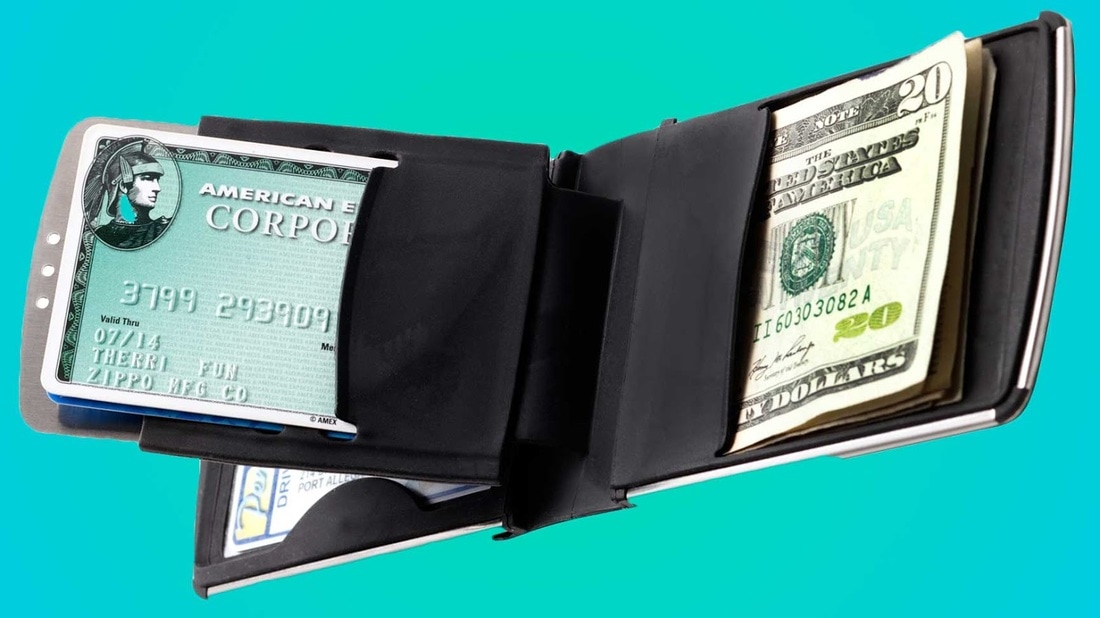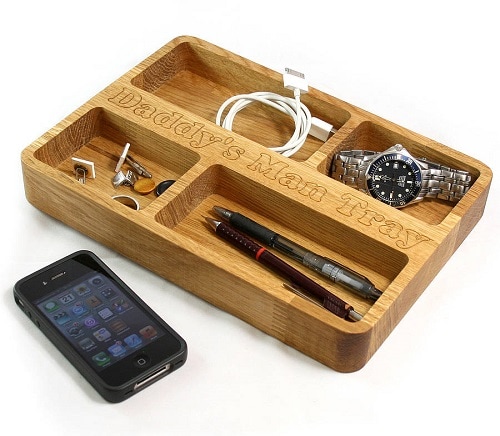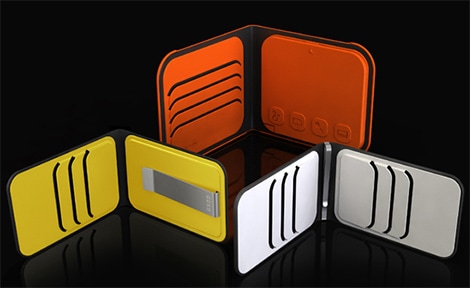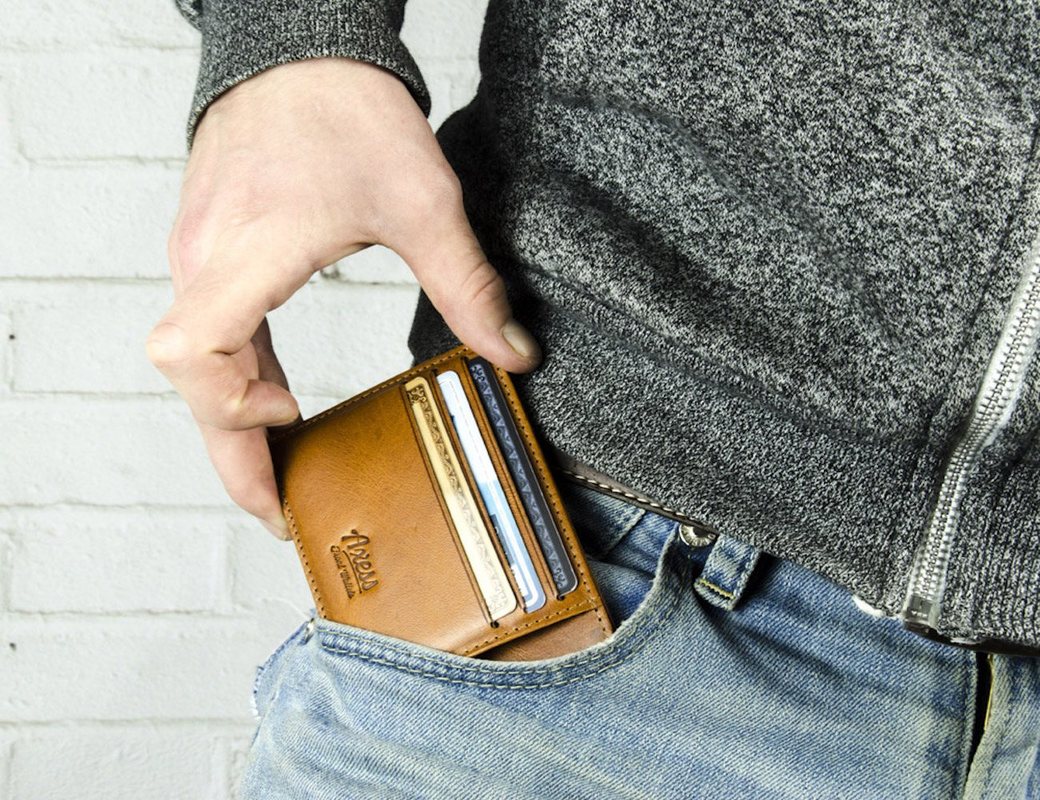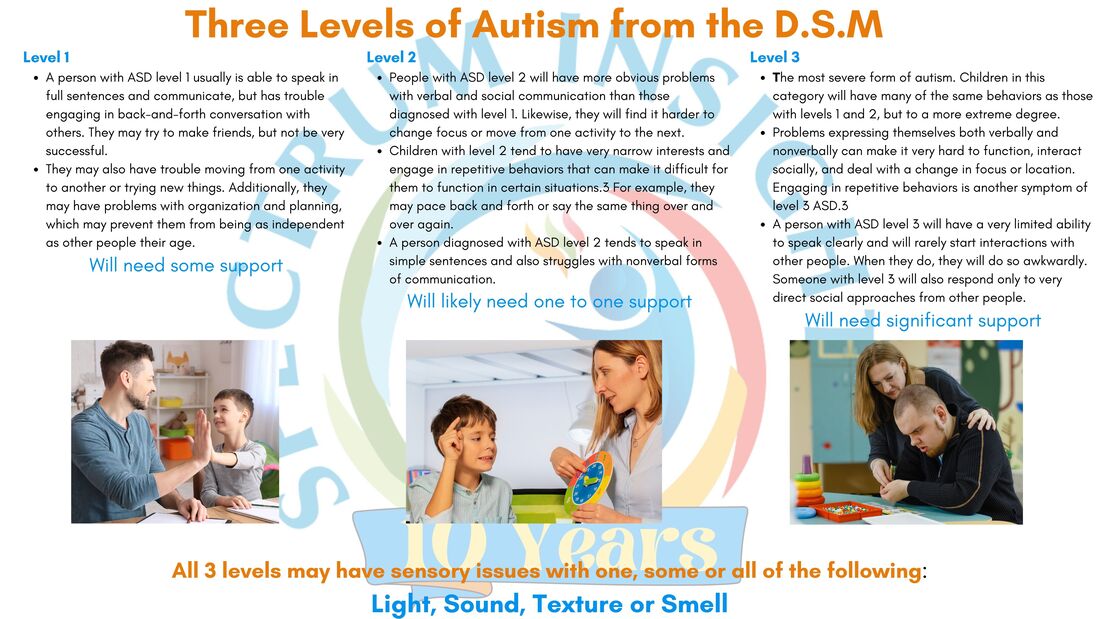| During our Spectrum Insights summer camp and personal coaching sessions we focus a lot on using money and staying organized. This is a skill some students are learning for the first time and can come with a bit of chaos. Many get hung up on the "Change exchange" at the cash. It can be a hectic and rushed experience. One in which the student may make mistakes, forget items at the cash, not get the right change back, drop money or hold up the line. On top of that, sensory issues may make the experience all the more challenging. We need to help the student succeed and make this process for people on the Spectrum a lot easier with a few tips from the article below. Be aware, this article is geared to carrying a wallet in a pocket. I hope to have a separate article for those that do carry a purse/clutch or use a bag to hold their money. Using A Wallet To Stay Organized Some students may have coordination issues, counting money may be a challenge, add the social rules and pressure of people waiting when paying for items, it can be a a challenge for some. Lets make their lives a bit easier and not only teach the social rules when paying for items but some tricks to make the money exchange a lot easier. Wallet Size I chose one that is small and good for a few cards, bus pass and some bills, that's it! I also carry my wallet in my front pocket. It is easier to keep track of, easy to remove and less chance of it falling out of my pocket. I encourage my students to do the same. And find a pocket that you will ALWAYS keep your wallet in. When I go home at night time, my wallet, keys and change have a designated place. Parents, there are many "man trays" or organizers you can pick up at various stores. It's a place to drop the contents of your pockets when you get home. This way when it comes to time to go out the next day, there is no panic over where your wallet is. Its in the SAME SPOT every day. I recommend a credit card wallet. It may seem too small but if you are only carrying some i.d, a few bills and a bank card, this is perfect. It also scores BIG points for helping keep your student or child organized. Pockets If you are 13 and older, its time to stop wearing kids clothes, no more baggy pants or shorts that do not have proper pockets for keys and money. We are learning Independence and how to be self sufficient. Its time teens start to keep track of their own things. I have had a student lose their wallet on the bus. They had on shorts that were extremely baggy and even though they were diligent in checking their wallet every so often, the wallet fell out during a transition. Parents, baggy pants with a light material or shorts are not good for wallets and keys, just saying! Your teen should be able to be active and still keep their wallet on them. Zippered pockets and cargo pockets work well. One student uses a wallet and chain...and gets bonus points for looking cool. if you can rock the look, go for it, your wallet will never get far from your pocket with a chain attached to it. But what about a back pack or bag? At Spectrum Insights we go out every day and sometimes we may need to leave our bags at a check in for museums or park our stuff for a picnic. Leaving your valuables in a bag is not a great idea as its too easy to get stolen or even misplace it. I have seen students put their bag down when shopping or on the bus only discover it was not in their hand later on. There is no room for clutter in small wallet! I do not encourage change purses. They are bulky and after a few days downright cumbersome when change, receipts and bus transfers collect w/ in. Change goes in a separate pocket and when you get home, put it straight in your piggy bank. When dealing w/ money, I teach the Students to use cash when possible. This makes money transactions go a lot smoother. Some cashiers are patient and can tell that a student is learning to use money for the first time, but we do not always have the luxury of a empty line up and a calm cashier. I teach efficiency. Pay w/ a bill that is closest to the dollar amount. While the change is coming one hand grabs your bag(s) the other accepts the change, walk away and find a place to organize yourself. If possible, while at the cash, put the change in a designated change pocket and stuff the bills into your wallet, take your bags and walk away. Most students get hung up on the "change exchange" and may spend a long time in line trying to sort their money. I find it a lot easier to steer them out of line and find a safe out of the way spot to get themselves sorted. This is why I want them to get in the practice of having their wallet in the same place ALL THE TIME. It becomes second nature to grab your wallet, find your bills and easy to put the wallet away. This way, the chances of it getting lost or misplaced are reduced dramatically. What about change? A friend of mine told me he left a $5 bill under his child's pillow from the tooth fairy...$5 I said, "that's a lot!" His reply was pretty good, "whats a child going to buy for a quarter these days?". My thoughts on change may not jive with some. I agree that teens should learn to save money, count change and get a bargain when possible. When those skills are mixed with coordination or sensory issues, keeping things simple is a better idea. A loonie or twoonie in your child's pocket is fine for a treat or drink or maybe as back up for the bus. The clutter of change, counting it, dropping it and the time it takes to count it, is not worth the potential stress. The days of quarters for treats at the store are almost gone..bills and bank cards are becoming the norm. Put the change in your piggy bank when home and in a few months count it up, you may be surprised at how much you saved. Keeping track of your wallet I also teach them how to keep track that they have their wallet when out. Its a subtle method and prevents the frantic pat down and anxiety when wondering if we left our wallet someplace, It looks a lot less conspicuous too. If you keep your wallet in the front pocket, its easy to find if your hand is resting on your thigh when walking, your thumb can feel the out line of it in your pocket. This way they are reassured that their wallet is on them and they can check as often as they like w/ out the frantic pat down. Same goes for the back pocket, I dont suggest the back pocket as wallets easily slip out of the back pocket or stick out if they are too big (remember my suggestion for a small wallet) and there are pick pockets out in the world looking for an easy target. If your hand is close to your thigh, the pinky finger can feel the outline of the wallet in the back pocket, again, its not as obvious as patting your butt. I.D's and Security Your child should have some form of I.D in their wallet. Birth certificates are not a good idea. A student card or better yet, a contact list I.C.E (in case of emergency). I recommend your address be written down. Should a child be upset, it's much easier to show the contact information then to explain it.
As for security, It's likely not an issue for your child now, but a good wallet should have RFID protection on it. A person can walk beside you and very easily scan for information in small area, obviously credit cards are the goal, but its a good idea to get in the habit now. Thanks for reading, John Anderson |
|
0 Comments
Your comment will be posted after it is approved.
Leave a Reply. |
Spectrum Insights is in the news:
Click the image below to hear our interview on CFRA with Dahlia Kurtz Archives
July 2024

|


